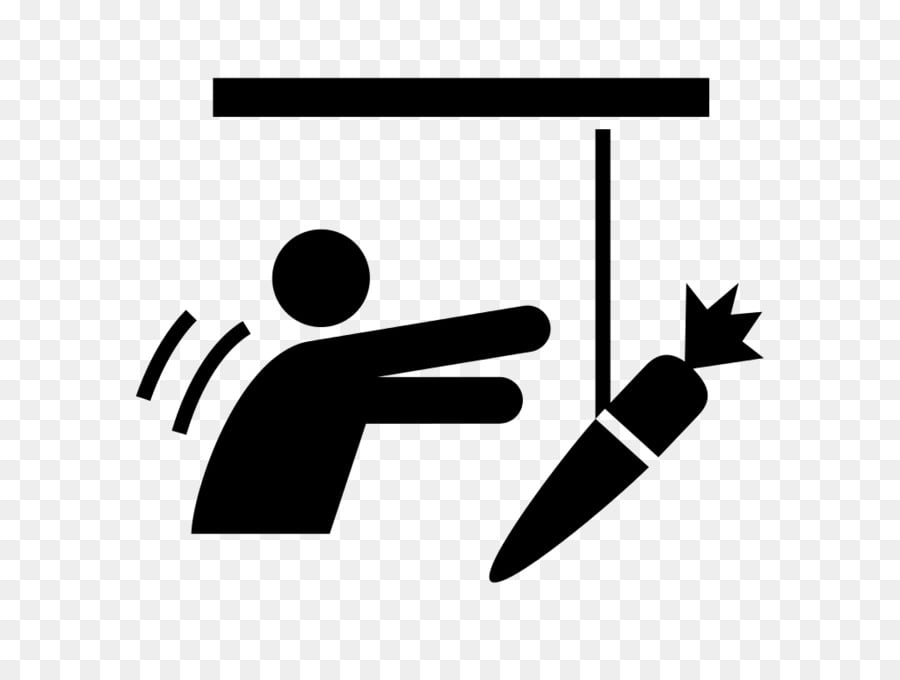Unlocking Profitability: 15 Strategic Ways to Slash Business Expenses
In the dynamic landscape of entrepreneurship, maximizing profits is not merely a goal; it's the cornerstone of sustainable success. Effective financial management, particularly the strategic reduction of unnecessary expenses, plays a pivotal role in achieving this objective. This comprehensive guide unveils fifteen proven strategies designed to significantly curtail business costs and propel your bottom line to new heights.
Building a robust financial foundation requires meticulous planning and execution. By implementing these strategies, businesses can navigate the complexities of expense management and pave the way for sustained growth and profitability.
15 Actionable Strategies for Expense Reduction
1. Budgeting for Success: A detailed, well-defined budget serves as the bedrock of any effective cost-reduction initiative. This critical financial roadmap provides a comprehensive overview of your business's financial inflows and outflows, pinpointing areas ripe for optimization and cost-cutting.
2. Comprehensive Expense Analysis: Conduct a thorough analysis of your expenses, categorizing them into essential and non-essential classifications. This rigorous examination allows for focused attention on areas where reductions or eliminations can yield the most significant impact, maximizing your savings potential.
3. Negotiating Advantageous Supplier Agreements: Don't underestimate the power of negotiation. Cultivating strong, collaborative relationships with suppliers often leads to favorable pricing structures, attractive discounts, and improved payment terms—resulting in substantial long-term cost savings.
4. Leveraging Technology for Enhanced Efficiency: Technology offers a wealth of opportunities to streamline operations and reduce costs. Embracing automation tools, sophisticated digital platforms, and efficient software solutions minimizes manual labor, improves overall productivity, and optimizes resource allocation.
5. Strategic Outsourcing for Optimized Resource Allocation: Outsourcing non-core business functions, such as accounting, IT support, or marketing, to specialized providers can often prove more cost-effective than maintaining in-house teams. This strategic move frees up internal resources to focus on core competencies and drive growth.
6. Sustainable Practices for Long-Term Savings: Implementing environmentally responsible practices not only benefits the planet but also reduces your business's carbon footprint and lowers utility bills. Investing in energy-efficient equipment, exploring renewable energy sources, and promoting paperless operations can yield considerable cost savings.
7. Data-Driven Marketing for Maximum ROI: Meticulously analyze your marketing return on investment (ROI). Concentrate resources on high-performing channels, eliminating or reducing spending on underperforming strategies to create a more efficient and profitable marketing approach.
8. Streamlining Inventory Management: Avoid the pitfalls of overstocking or understocking through meticulous inventory management. By analyzing sales data and demand forecasts, businesses can optimize inventory levels, minimize storage costs, and prevent waste.
9. Proactive Cash Flow Monitoring: Regularly monitor your cash flow to identify and promptly address any potential financial leaks. Late payments, unnecessary subscriptions, and excessive credit card fees can significantly impact profitability. Consistent review of financial statements is crucial for maintaining a healthy financial standing.
10. Harnessing the Power of Social Media Marketing: Utilize the expansive reach of social media platforms such as Facebook, Instagram, and Twitter to engage a broad audience cost-effectively. This represents a powerful and affordable alternative to traditional advertising methods.
11. Cultivating a Cost-Conscious Culture: Engage your employees in cost-saving initiatives. Incentivize creative cost-reduction suggestions, fostering a company-wide commitment to efficiency and resourcefulness.
12. Optimizing Business Processes: Identify and eliminate redundancies and inefficiencies within your business processes. Automation, workflow simplification, and productivity enhancements can drastically reduce operational costs and improve overall efficiency.
13. Regular Insurance Policy Review: Periodically review your insurance policies to ensure you maintain adequate coverage at competitive rates. Compare quotes from different providers and consider bundling policies for potential savings.
14. Investing in Employee Development for Long-Term Gains: Invest in employee training and development programs to boost productivity and efficiency. Well-trained employees make informed decisions, reducing costly errors and improving overall operational effectiveness.
15. Seeking Expert Financial Guidance: Consult with qualified financial professionals, such as accountants, financial advisors, or business consultants. Their expertise provides valuable, tailored insights to address your business's specific financial needs and optimize its financial health.
Conclusion: A Blueprint for Sustainable Profitability
By strategically implementing these fifteen strategies, businesses can significantly curtail expenses and unlock substantial increases in profitability. Remember that every dollar saved directly contributes to your bottom line. Begin identifying and implementing cost-saving measures today. The path to sustainable profitability is paved with effective expense management and a commitment to financial prudence.
Share Your Expertise: What innovative cost-cutting strategies have you implemented successfully? Share your valuable experiences and suggestions in the comments section below!
Thought-Provoking Question: Discuss the critical role of expense minimization in achieving long-term business success and sustainable growth.



